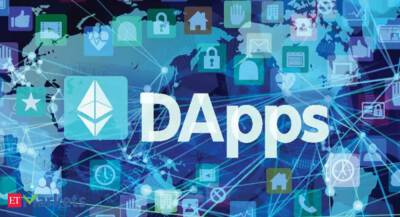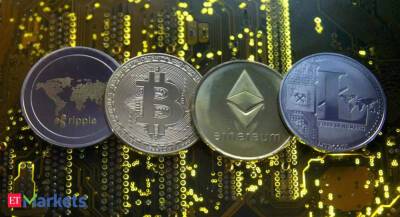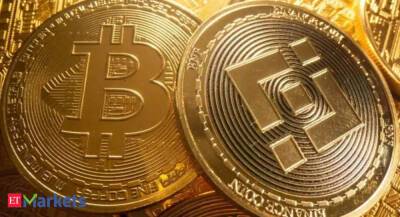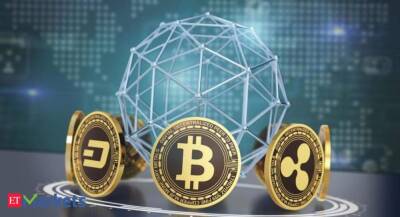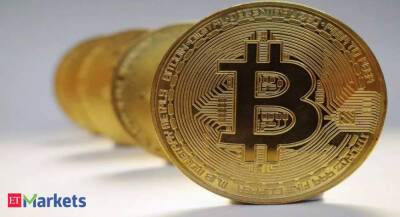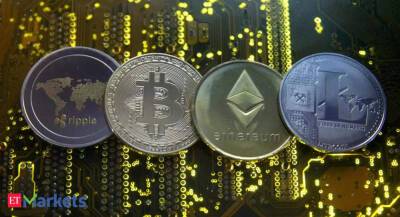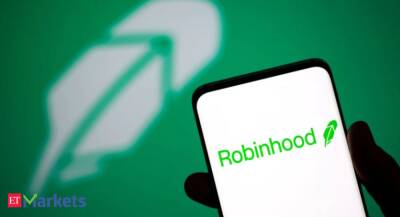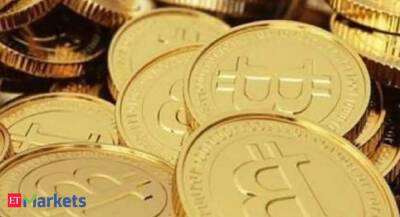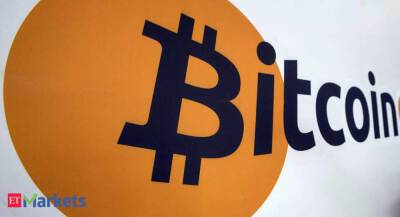Why central banks oppose crypto but explore own digital currencies
When you make a UPI payment, your bank settles the amount on your behalf at the end of the day. Digital payments like UPI are electronic instructions that authorise intermediaries such as banks to facilitate transactions. Even if they are ‘cashless’ modes of payment, they involve transfer of fiat money (government-issued currency). Now imagine a UPI-like system where digital currency issued by a central bank is transacted instead of bank balances. The need for interbank settlement disappears and you have the option to pay someone securely, without third-party risks. What if money itself could be ‘digital’? The RBI has called for a complete ban on crypto as it believes partial restrictions won’t work. But, at the same time, it is considering issuing its own digital currency by leveraging the technology that powers crypto. “A central bank digital currency (CBDC) would also potentially enable more real-time and cost-effective globalisation of payment systems. Time zone difference would no longer matter,” said T Rabi Shankar, RBI deputy governor, in a speech last year. The RBI defines a CBDC as a legal tender issued by a central bank in a digital form. “It is the same as a fiat currency and is exchangeable oneto-one with the fiat currency. Only its form is different,” said Shankar. The RBI is working towards a phased implementation strategy.
Presented ByDid you Know?
Producer, director, actor and politician Kamal Haasan is set to become the first Indian celebrity to have his own digital avatar in a metaverse
View Details »But what is the need for a CBDC in India where cash is popular? According to Shankar, countries with significant cash usage are seeking to make issuance
Read more on economictimes.indiatimes.com economictimes.indiatimes.com
economictimes.indiatimes.com
